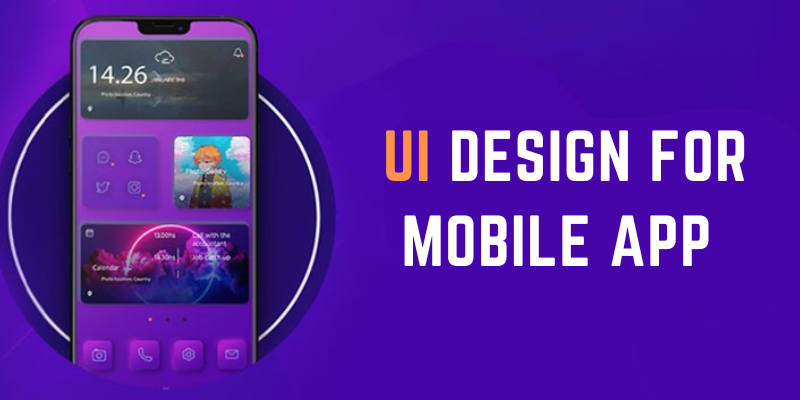Mobile apps have become an essential part of our daily lives, and their user interfaces play an important role in providing an easy and satisfying user experience. Designers should adhere to several best practices regarding mobile app UI design to build visually beautiful, user-friendly interfaces. This post will examine What Are the Top 10 Best Mobile App UI Design Practices. UI UX Designer Course in Coimbatore will assist you in developing the best UI design for mobile apps.
Best Practices for Mobile App UI Design
Prioritize User-Centered Design
The importance of user-centred design is one of the critical ideas of mobile app UI design. This means that every aspect and function of your app should revolve around the demands and preferences of your target audience. Conduct extensive user research, collect feedback, and iterate constantly to improve the user interface based on user insights.
Maintain Consistency
Consistency is critical to a successful mobile app design. Ensure your app maintains a consistent visual style, layout, and interaction patterns. Users should feel at ease and be able to predict how the app behaves as they navigate from one screen to another.
Focus on Clarity and Simplicity
Clarity and simplicity are essential for mobile app UI design. Maintain a clean interface with primary language and icons that consumers may readily grasp. Avoid overloading users with too many features or options on a single screen. UI UX Designer Course in Madurai at FITA Academy provides unique UI UX training programs under the guidance of experienced mentors.
Responsive Design for Multiple Devices
With so many different mobile devices on the market today, it’s critical to design your app to be responsive. Ensure that your app’s interface adapts seamlessly to different screen sizes and orientations, offering a consistent user experience on a smartphone or tablet.
Intuitive Navigation
Mobile app users appreciate intuitive navigation. Design a clear and logical menu structure with easily accessible navigation elements such as menus, buttons, and breadcrumbs. Users should be able to navigate through the app without getting lost or frustrated.
Optimize for Touch
Mobile devices rely on touch interfaces, so your UI design should cater to touch interactions. Make buttons and interactive elements large enough to be easily tapped, and consider touch gestures for everyday actions like swiping and pinching.
Visual Hierarchy and Typography
Creating a visual hierarchy is essential for guiding users’ attention to important content. Use typography, colours, and layout to emphasize essential information and calls to action. Ensure that text is legible and accessible on various screen sizes. UI UX Course in Hyderabad will guide you to make user intent designs.
Design for Offline Mode
Mobile apps often need to work even when there’s no internet connection. Design your app to provide a good user experience in offline mode by caching content and offering clear feedback on connectivity status.
Test and Iterate
Usability testing is a critical phase of mobile app UI design. Continuously test your app with real users, gather feedback, and make iterative improvements. Testing helps uncover issues and pain points that may be absent during the design phase.
Performance Optimization
A slow and sluggish app can frustrate users. Optimize your app’s performance by minimizing loading times, reducing unnecessary animations, and optimizing graphics and images for faster rendering. Join the UI UX Designer Course in Pondicherry to develop your career as an Interface designer and become an expert.


